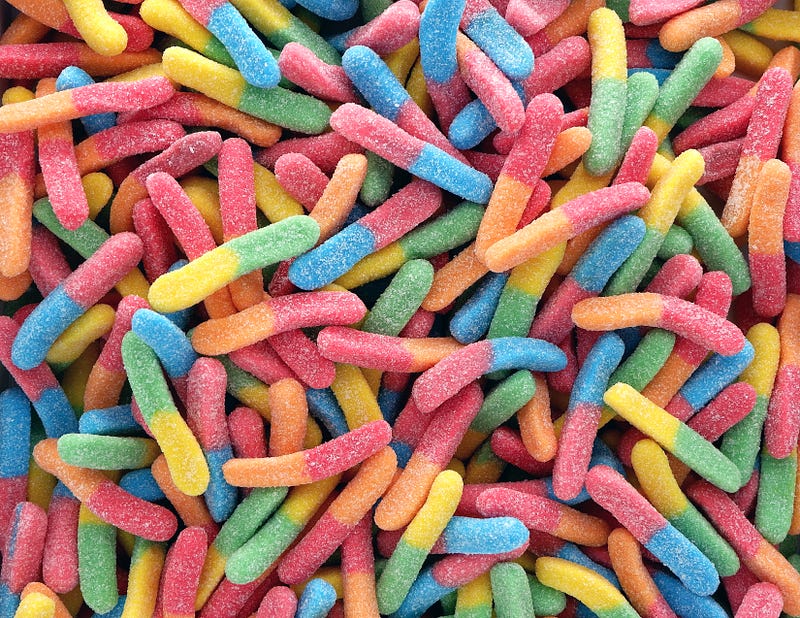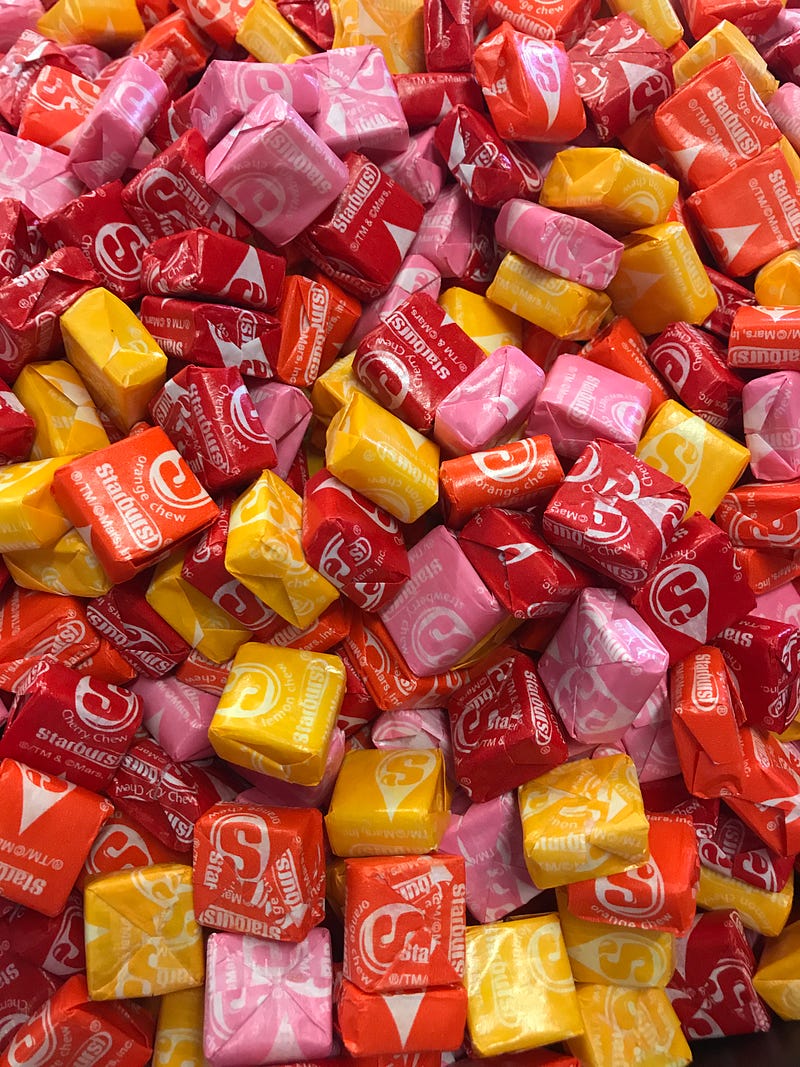No Evidence of Drugs in Halloween Candy: A Common Myth Debunked
Written on
Debunking Halloween Drug Myths
As Halloween approaches, discussions surrounding candy safety are heating up online. Parents are debating the effects of sugar on children's health and the best strategies to protect their kids from potential harm. A recurring theme during this season is the unfounded fear that trick-or-treaters might be poisoned by drugs hidden in their candy.

This year, the focus has shifted to the so-called "rainbow fentanyl," a scare initiated by the U.S. Drug Enforcement Administration. This panic escalated when an individual was caught trying to smuggle fentanyl pills disguised in candy wrappers, prompting headlines warning parents to inspect their children’s Halloween loot for possible drug contamination.
However, the reality is that, despite the annual media frenzy, there is virtually no evidence to support the claim that drugs are being placed in children’s candy. Let’s delve into the facts.
The Evidence: A Closer Look
Upon investigating claims of drug poisoning during Halloween, it becomes evident that while many news stories caution against potential dangers, finding even a single instance of such an event is nearly impossible.
For instance, while the "rainbow fentanyl" scare stems from a drug bust that involved fentanyl pills in candy wrappers, these pills look nothing like conventional candy. Experts have described the "rainbow fentanyl" narrative as a misguided campaign by the DEA, lacking solid evidence. So far, there are no verified cases of children accidentally consuming brightly-colored fentanyl disguised as candy, let alone any reports of such drugs being distributed on Halloween.

In contrast, the Centers for Disease Control and Prevention (CDC) reports that approximately 50,000 children visit emergency departments each year after mistakenly ingesting their parents' medications. This number far surpasses any instances related to rainbow fentanyl, which remains at zero.
A review from the 2000s titled "Halloween Sadism: The Evidence" sought to investigate harmful incidents directed at children during Halloween. The author noted that while occasional reports of such behavior exist, there has never been a verified case where a child suffered serious harm from contaminated candy received during trick-or-treating.

The Absurdity of Drug Distribution on Halloween
The notion that individuals are handing out drugs to children during Halloween is inherently ludicrous. Drugs are costly commodities; no one would willingly distribute thousands of dollars' worth for free. Such actions would not only lead to significant financial loss but also to legal repercussions, which would be detrimental to any drug dealer's business.
While the fear of drug-laced candy is unfounded, there are legitimate concerns associated with Halloween. Observational studies indicate a rise in pediatric road fatalities during trick-or-treating hours, likely due to the increased number of children on the streets.
If safety is a primary concern this Halloween, perhaps advocating for better road safety measures in your community would be a more effective approach than worrying about rainbow fentanyl or other candy-related scares. There is no credible evidence supporting the idea that anyone is attempting to harm children by tampering with their Halloween treats.
Chapter 2: Relevant Video Resources
The first video titled "No one's putting in Halloween bags" discusses the myths surrounding Halloween candy safety and the reality behind these claims.
The second video, "What parents should know about fentanyl and Halloween candy," provides insights on fentanyl and its implications for Halloween safety, helping parents discern fact from fiction.